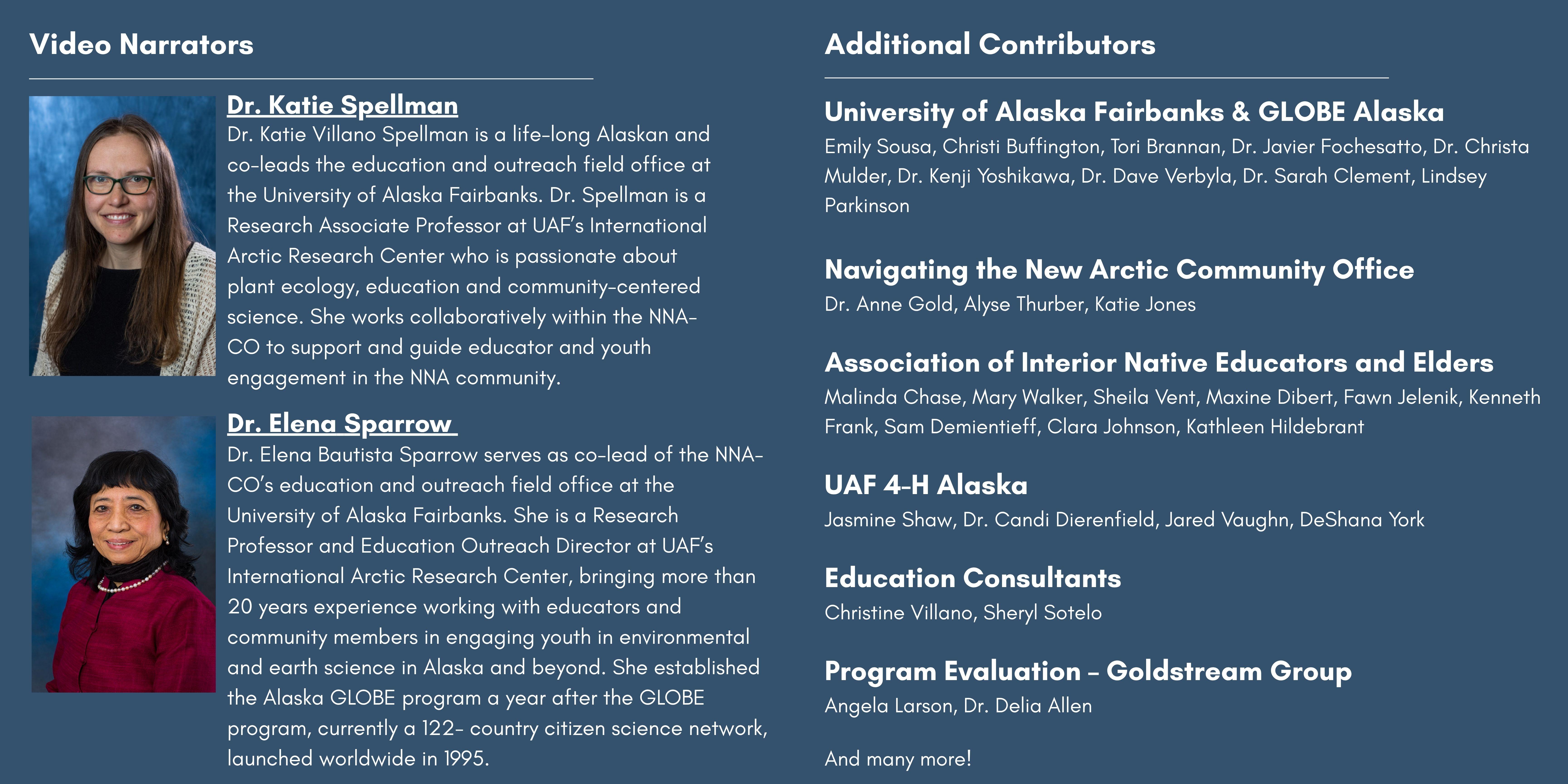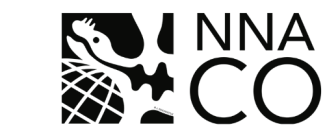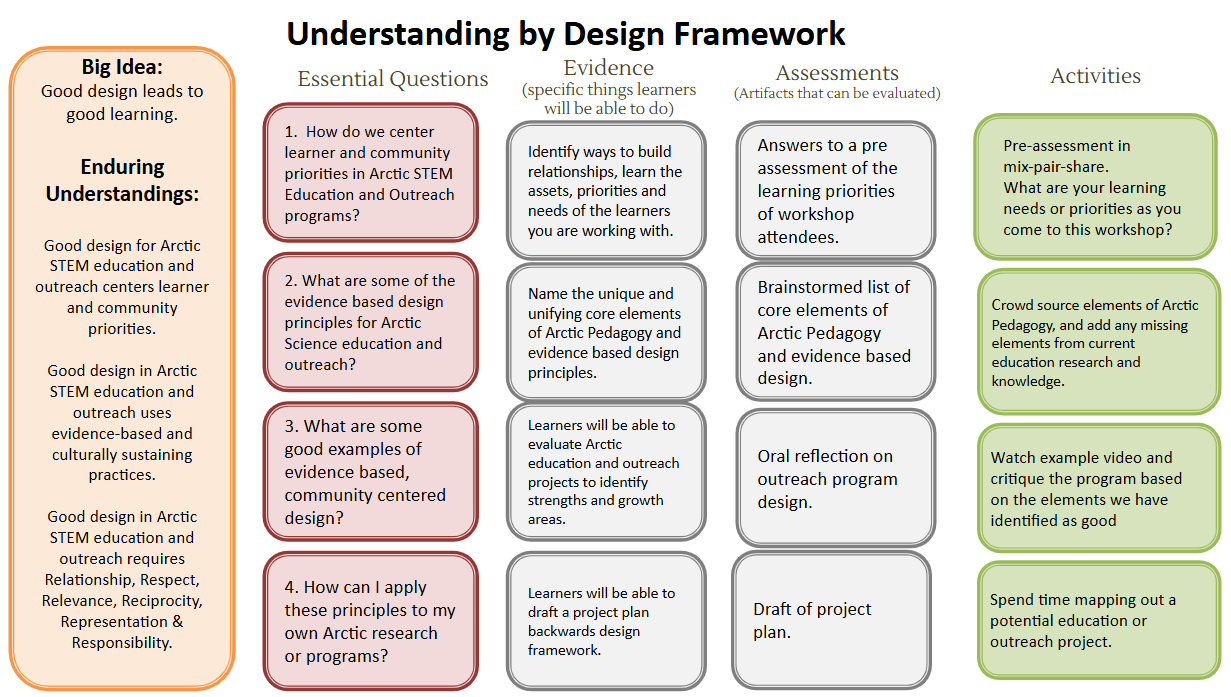Alaska Native Knowledge Network. (1998). Alaska standards for culturally responsive schools. Adopted by the Assembly of Alaska Native Educators, University of Alaska Fairbanks, Alaska Native Knowledge Network.
Lie, K. (2003). Sámi heritage language program models: Balancing Indigenous traditions and Western ideologies within the Norwegian educational system. Scandinavian Studies, 75(2), 273–292. https://doi.org/10.5406/scanstud.75.2.0273
Lewthwaite, B. (2007). From school in community to a community-based school: The influence of an Aboriginal principal on culture-based school development. Canadian Journal of Educational Administration and Policy, 64. https://journalhosting.ucalgary.ca/index.php/cjeap/article/view/42794
Wiggins, G., & McTighe, J. (2011). The understanding by design guide to creating high-quality units. ASCD.
Keskitalo, P., Määttä, K., & Uusiautti, S. (2012). Sámi education in Finland. Early Child Development and Care, 182(3–4), 329–343. https://doi.org/10.1080/03004430.2011.646718
Anderson, C., Chase, M., Johnson III, J., Mekiana, D., McIntyre, D., Ruerup, A., & Kerr, S. (2012). It is only new because it has been missing for so long: Indigenous evaluation capacity building. American Journal of Evaluation, 33(4), 566–582. https://doi.org/10.1177/1098214012449371
Kortekangas, O. (2017). Useful citizens, useful citizenship: Cultural contexts of Sámi education in early twentieth-century Norway, Sweden and Finland. Paedagogica Historica, 53(1–2), 80–92. https://doi.org/10.1080/00309230.2016.1266202
UArctic Thematic Network Members. (2017). Position statement on Arctic pedagogy. Rovaniemi, Iceland.
Topkok, S. A. (2018). Supporting Iñupiaq arts and education. Journal of Folklore and Education, 5(1), 100–111. https://www.journaloffolkloreandeducation.org/supporting-inupiaq-arts-and-education/
Malo-Juvera, V., Correl, P., & Cantrell, S. (2018). A mixed methods investigation of teachers’ self-efficacy for culturally responsive instruction. Teaching and Teacher Education, 74, 146–156. https://doi.org/10.1016/j.tate.2018.04.001
Preston, J. P. (2016). Situating educational issues in Nunavut: Perceptions of school leaders and teachers. Northern Review, 42, 109–129. https://thenorthernreview.ca/index.php/nr/article/view/537
Stevenson, B. (2014). How much culture is enough? Inuit teachers’ perceptions of the state of Inuit culture in Nunavik classrooms. Intercultural Education, 25(6), 468–483. https://doi.org/10.1080/14675986.2014.990230
Määttä, K., & Uusiautti, S. (2015). The basics of Arctic pedagogy. Global Journal of Human-Social Science: G Linguistics & Education, 15(4). https://globaljournals.org/GJHSS_Volume15/2-The-Basics-of-Arctic-Pedagogy.pdf
Waterman-Evans, L. (2023). Arctic pedagogy. Education in the North, 30(2), 9–23. https://doi.org/10.26203/p47e-7k61
Darling-McQuistan, K., Ekberg, N., Snow, K., Alerby, E., Curtis, L., & Jannok-Nutti, Y. (2023). Arctic teacher education and educator training: A postcolonial review of online approaches and practices. Education in the North, 30(2), 24–49. https://doi.org/10.26203/q3t6-z451
Yua, E., Raymond-Yakoubian, J., Daniel, R. A., & Behe, C. (2022). A framework for co-production of knowledge in the context of Arctic research. Ecology and Society, 27(1), 34. https://doi.org/10.5751/ES-12960-27013












